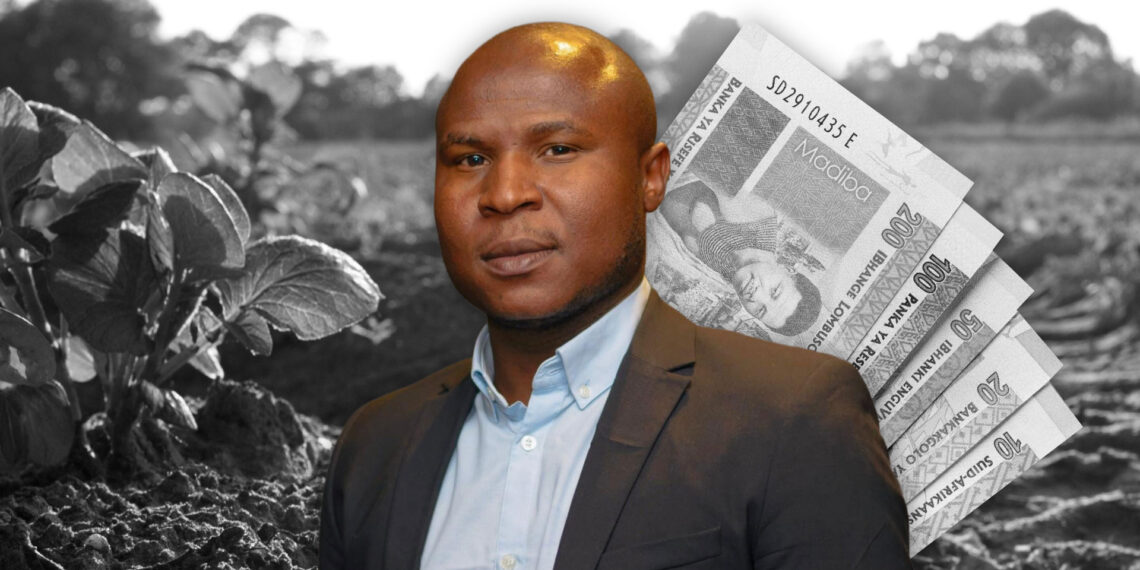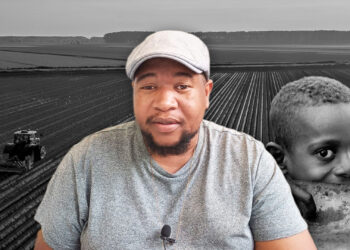South Africa’s agricultural transformation is being undermined by chronic underinvestment, writes agricultural economist Thabo Sibiya. The department’s R7.6 billion allocation for 2025/26 is just 0.29% of total government spending, making it impossible to support smallholder farmers and achieve genuine food security.
There is a broad consensus among government, farmers, policymakers, agricultural experts, and industry associations that structural inequalities in South Africa’s agricultural sector, especially those affecting smallholder farmers, require urgent attention.
Meaningful transformation must prioritise empowering small-scale farmers, while expanding their access to inclusive and competitive markets. However, transformation cannot happen on promises alone; the national budget must match the ambition.
Although the department of agriculture has now been separated from land reform and rural development, the trend of chronic underinvestment remains largely unchanged. In the 2025/26 financial year, the department of agriculture was allocated only R7.6 billion, representing just 0.29% of the total consolidated government expenditure of R2.59 trillion. This follows the same trajectory as when the departments were combined.
In the 2024/25 financial year, the department of agriculture, land reform and rural development (DALRRD) received R16.7 billion, constituting 0.64% of the total consolidated government expenditure of R2.62 trillion.
Why the budget falls short
By contrast, the department of social development has been allocated R422.3 billion in the 2025/26 budget, accounting for approximately 16.3% of total expenditure. While social spending is undeniably important, this stark contrast underscores the government’s current strategic priorities and raises serious questions about how agricultural transformation, food security, and rural development will be achieved under such constrained funding.
🌱 Tell Us About Your Farm!
We want to provide you with the most valuable, relevant information possible. Please take a few minutes to complete this short, confidential survey about your farming practices and challenges. Your feedback helps us tailor our coverage to better support the future of agriculture across Mzansi.
What’s even more concerning is that today’s agricultural budget is significantly lower than during the apartheid era, when agriculture was considered a strategic pillar of the economy.
In the 1980s, the white minority government allocated between 3% and 6% of the national budget to agriculture. Although that funding was racially exclusive, it was channelled into subsidies, research, training, and rural infrastructure, laying the foundation for the globally competitive commercial farming sector we still see today.
Even earlier, during the 1930s Great Depression and amid severe drought, the South African government increased agricultural spending to around 10% of the national budget to combat hunger and sustain rural livelihoods.
Related stories
- Rethinking farm funding: MEC calls for smarter financing models
- Four steps to formalise your farm and unlock finance
- How to bridge the ‘missing middle’ in agri-finance
- Farm leaders call for urgent action on land reform and funding
Today’s democratic government, despite its inclusive mandate, has not matched that level of investment in a way that benefits the broader population, particularly black smallholder and emerging farmers.
These farmers continue to face severe challenges, including limited access to affordable credit, inadequate training and extension services, poor exposure to agricultural research, and a lack of basic infrastructure to reach competitive markets. These are precisely the areas that could be transformed through more targeted and increased public investment.
South Africa is also falling short of its international commitments. As a signatory to the 2003 African Union Maputo Declaration, the country pledged under the Comprehensive Africa Agriculture Development Programme (CAADP) to allocate at least 10% of its national budget to agriculture. At just 0.29%, South Africa is nowhere near that target.
Globally, the country is lagging behind its peers. Brazil allocates close to 5% of its national budget to agriculture, investing heavily in rural credit, research, and development.
Argentina has prioritised agro-industrial growth through the bio-economy policies and public–private partnerships. Ireland, once a net food importer, is now a leading agri-exporter thanks to sustained investments in farmer training, climate-smart practices, and export market access.

EARLY-BIRD TICKETS ARE AVAILABLE NOW!
Africa’s biggest youth-in-agriculture gathering is back – and it’s only getting bigger!
Smallholders need more financial support
I am not arguing that agriculture should dominate the national budget or displace manufacturing and services, which are natural growth drivers in developing economies. But given agriculture’s critical role in food security, rural development, and redressing historical imbalances, it clearly deserves more meaningful support.
The current budget allocation is simply too little. At this level of investment, it is unrealistic to expect substantial outcomes, especially for smallholder and emerging farmers.
While the private sector has an important role to play, its participation often follows where the state leads. If government investment remains this limited, it is difficult to expect meaningful private sector crowd-in. The public sector must signal seriousness through stronger baseline funding; only then can blended finance and private investment scale transformation efforts.
If South Africa is serious about inclusive growth and long-term food security, it must urgently rethink how it funds agriculture. Without bold, strategic, and sustained investment, the promise of an agricultural transformation will remain just that: a promise.
- Thabo Sibiya is an agricultural economist and development consultant focused on rural transformation, food security, and inclusive agricultural growth in South Africa. The views and opinions expressed in this article are those of the author and do not necessarily reflect the views or positions of Food For Mzansi.
READ NEXT: How technology empowers farmers to access finance

















